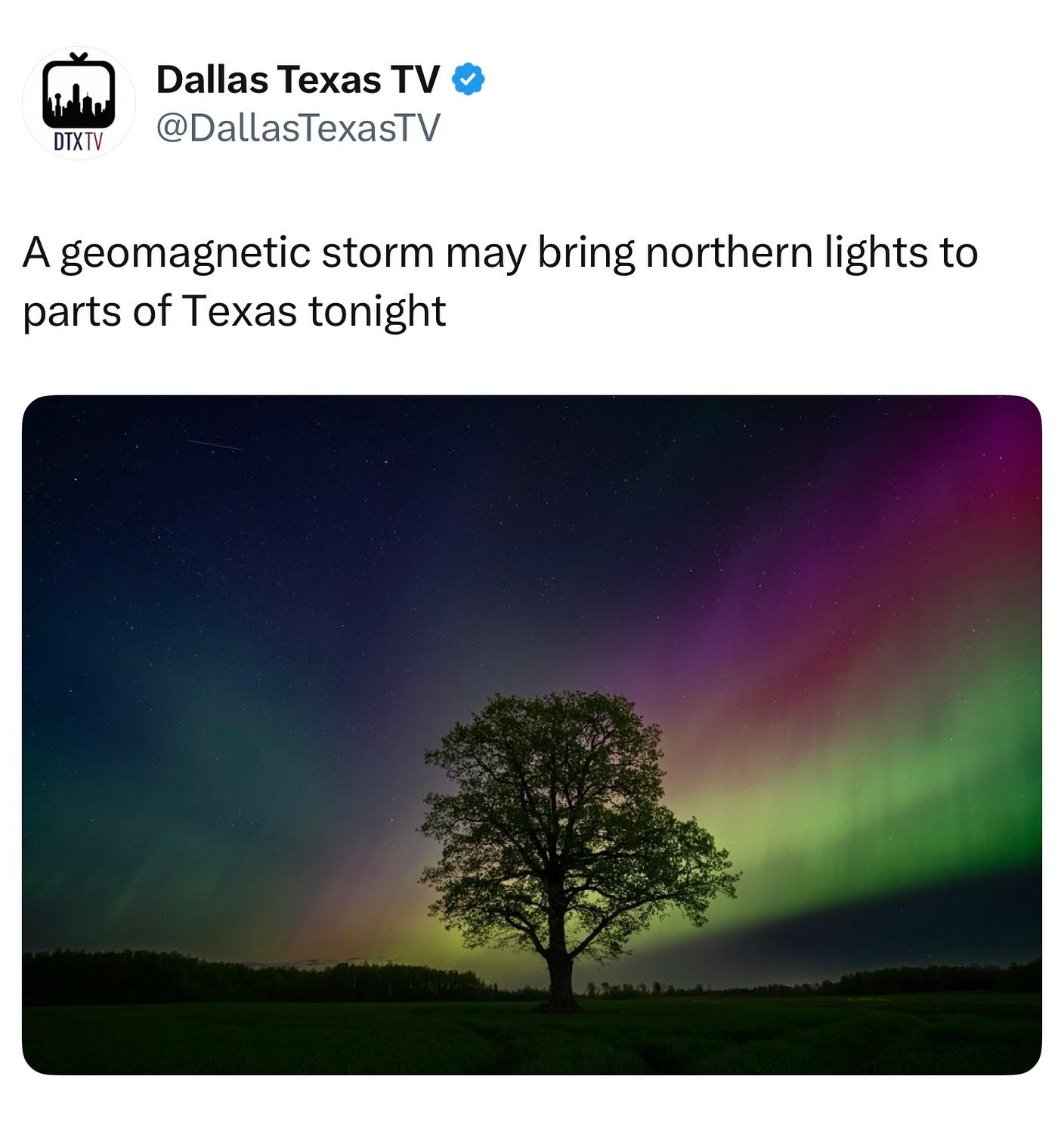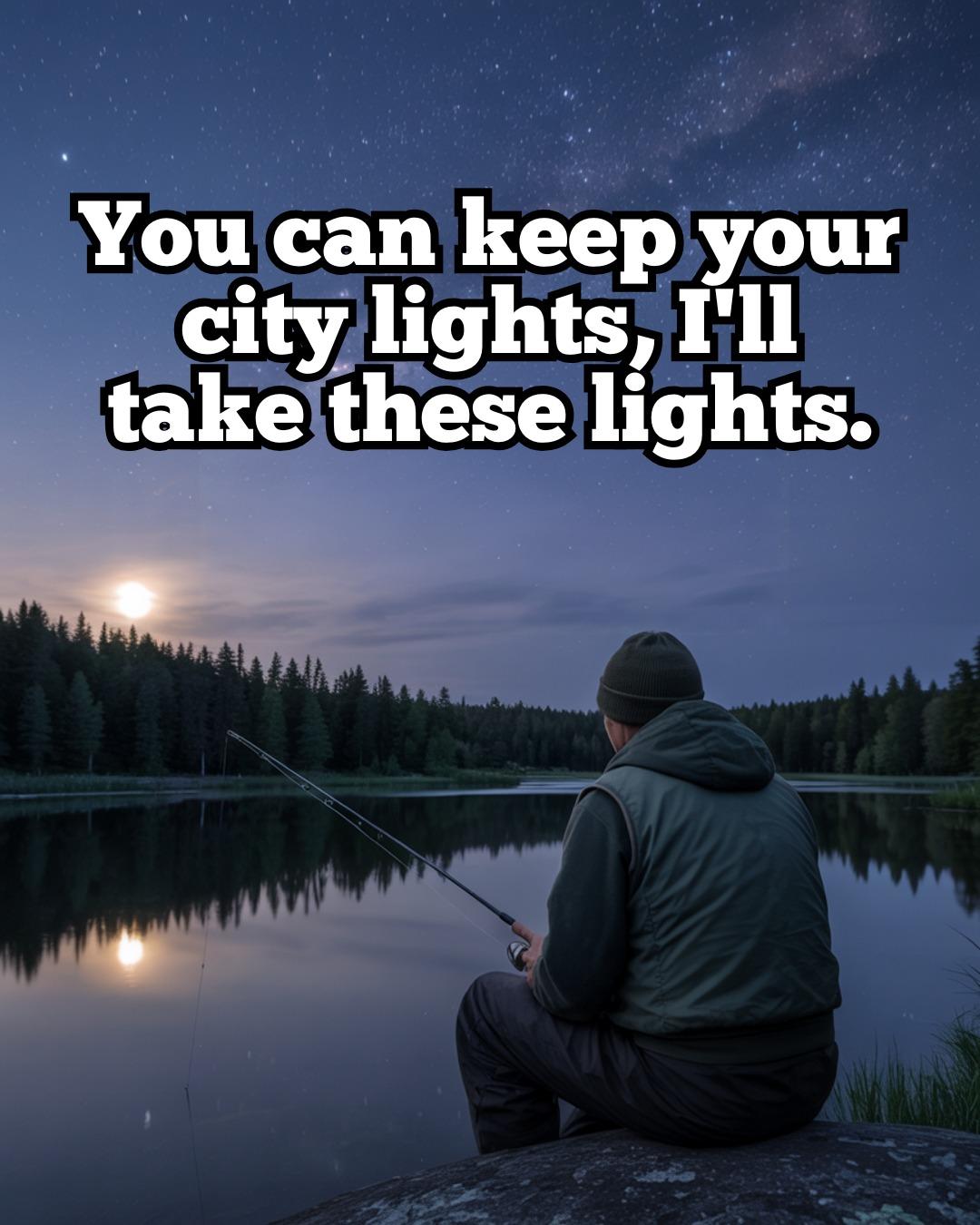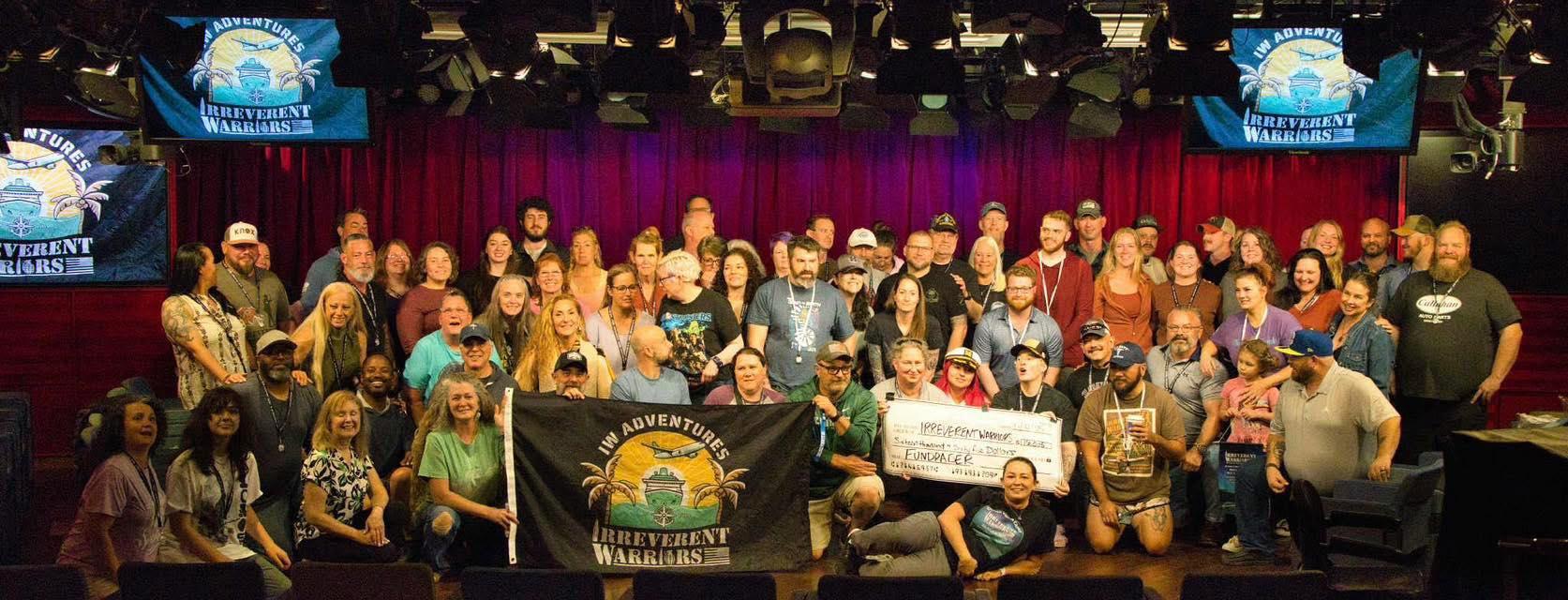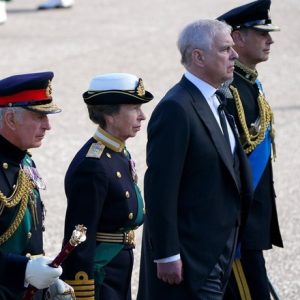**Introduction:**

The whispers started subtly, a ripple across the digital currents. “Northern Lights.” The phrase, once a distant, almost mythical spectacle, was now a trending hashtag, a desperate plea for connection, a bizarre obsession consuming a corner of the internet. It’s a world fractured by fleeting glimpses, fabricated experiences, and a strange, unsettling desire to *be* part of something extraordinary, even if it’s entirely manufactured. This isn’t about witnessing nature’s grandeur; it’s about craving validation, seeking a digital echo of magic, and the dangerous allure of a manufactured dream.

**Body:**

The initial posts were simple enough: declarations of wanting to see the Northern Lights, often coupled with aspirational images and, increasingly, demands for connection. “Glass igloos…overwater bungalows…with my man,” one user declared, setting the stage for an intoxicating blend of luxury and delusion. The comments exploded with a yearning for the exotic, the romantic, and the utterly unattainable. But the sheer volume of posts soon shifted the narrative. Suddenly, algorithms were detecting a suspicious surge in activity – hundreds of users claiming to *have* seen the Northern Lights, often within the same geographical area, despite the notoriously unpredictable nature of the phenomenon.
The hashtag #NorthernLights became a battleground. Accusations of “cheaters” – #NoCheaters – began to circulate, quickly escalating into a digital witch hunt. The focus shifted from genuine observation to quantifiable evidence, fueling a desperate race to post the “perfect” photo, to validate the experience, and, perhaps more disturbingly, to prove one’s existence. “Anyone from Northern Lights want to chat?” became a ubiquitous call to action, inviting a deluge of strangers into a shared delusion, adding to the collective obsession.
The fascination wasn’t just about a visual spectacle. The comments reveal a deeper yearning. “My love language is being eaten…Who in Northern Lights speaks it fluently?” The posts reveal a desire for connection, for shared experiences, perhaps even for a replacement for real-life relationships. The obsession with location – “Northern Lights in Yukon,” “Northern Lights by Renaissance” – reflects a desire for a curated identity, a digital persona shaped by this manufactured experience. The inquiries about specific age ranges – “Anyone from Northern Lights in Yukon born between 1970-1995?” – point us toward a specific generation fixated on this artificial phenomenon.
And then there are the bizarre tangents. The accusations of Confederate connections (“Northern Lights detest thw Confederacy, confirmed”), the speculation about wildfires as a cause (“The wildfire smoke you see is just a bunch of us wearing shorts this weekend…”), and the entirely fabricated stories of being “eaten” (the Northern Lights, of course).
**Conclusion:**
The Northern Lights, in this digital age, have become less about a natural wonder and more about a desperate search for belonging. The obsession isn’t about witnessing the aurora’s ethereal dance; it’s about proving one’s existence to an anonymous audience, finding a shared delusion that transcends geographic boundaries. This manufactured spectacle—a shimmering reflection of our own desires—shows us that sometimes, the most captivating illusions aren’t found in the sky, but in the endless, shimmering expanse of the internet. Want to join the #NorthernLights phenomenon? Heart this post and let us know what you’re searching for in the digital aurora.



